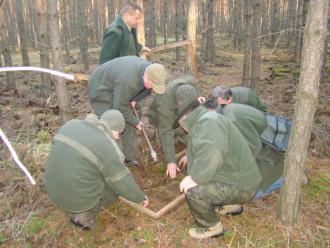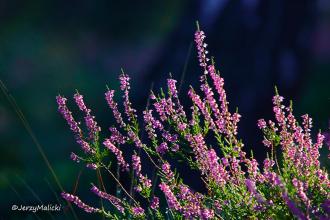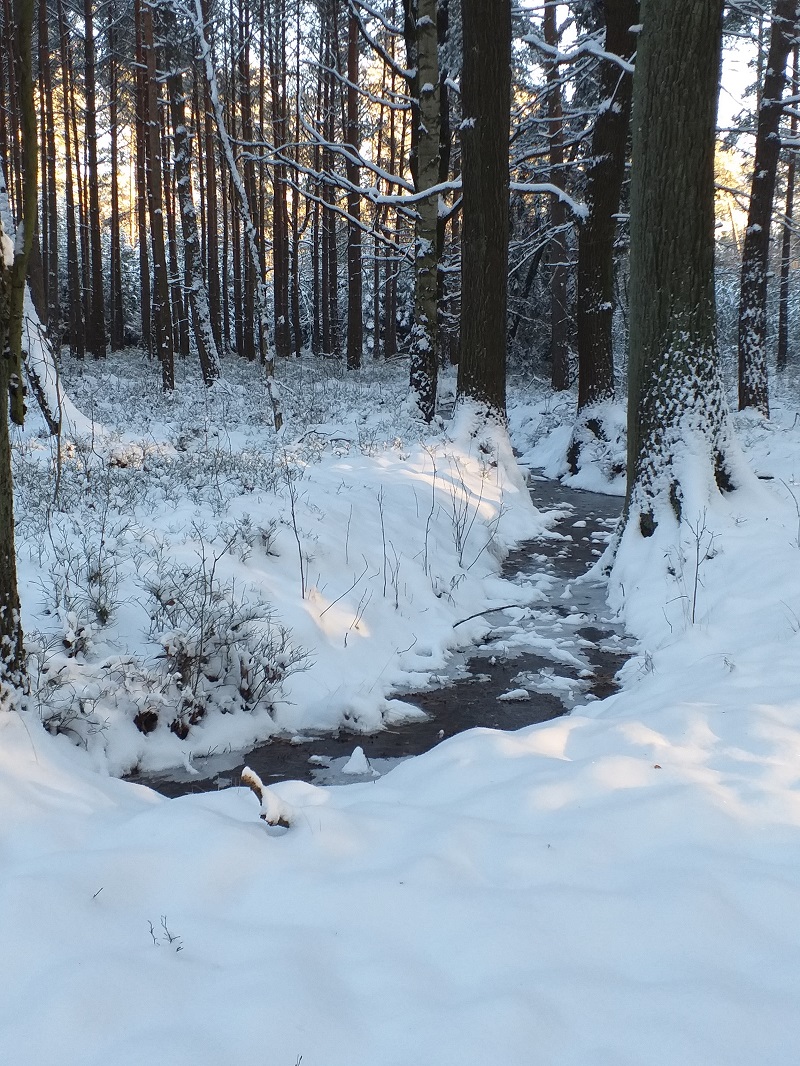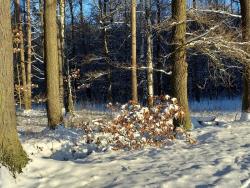About Forest District
Forest resources
Silviculture

Forest protection
Forest use

Forest management
Hunting
 Asset Publisher
Asset Publisher
Zimowa aura w lesie
Zimowa aura w lesie
Mimo iż zima astronomiczna trwa od 21 grudnia to realny jej „szturm” nastąpił na przełomie miesiąca stycznia i lutego 2021 roku.
Obfite opady śniegu i utrzymująca się mroźna pogoda sprawiły, że wiele osób miało okazję przypomnieć sobie zimy jakie przed laty stanowiły pewną normalność. Śnieżna i mroźna zima sprawiła, że w lesie pojawiły się piękne krajobrazy, z których korzystać mogło wielu miłośników przyrody.
Fot. J. Karwański
Jednocześnie poza oczywistymi względami estetycznymi przyciągającymi wielu profesjonalnych lub amatorskich miłośników fotografii, zalegająca pokrywa śnieżna spełnia także wiele funkcji środowiskowych wywierających również wpływ na wskaźniki gospodarcze. Z ekologicznego punktu widzenia opady śniegu mocno zwiększają tzw. powierzchniową retencję wody, której w ostatnich latach mamy ogromny deficyt. Gruba warstwa śniegu zapobiega także głębokiemu przemarzaniu ziemi, chroniąc tym samym uprawy rolne przed przemarzaniem oraz zimujące w niej zwierzęta. Długotrwałe susze w ostatnich latach spowodowały m.in. znaczne osłabienie odporności drzewostanów, które stały się podatne na wiele czynników szkodotwórczych. Nastąpiło również obniżenie poziomu wód gruntowych (susza hydrogeologiczna). Z wieloletniej analizy klimatycznego bilansu wodnego dla Polski, wynika, że od 1987 r. tylko cztery razy bilans dla całego kraju był dodatni bądź neutralny. W pozostałych latach był ujemny, a lata 2018 i 2019 miały najgorszy bilans wodny.

Aktualnie mamy do czynienia z dużymi wahaniami temperatury. Na terenie Nadleśnictwa Wymiarki w ciągu jednego tygodnia odnotowano amplitudę w zakresie od około -20°C do ca. +15°C. Zjawisko to spowodowało roztopy, które na obszarach leśnych powinny choćby częściowo uzupełnić deficyt wodny. Ponadto jest nadzieja, że śródleśne bagna, oczka wodne oraz zbiorniki ppoż. ponownie zostaną zasilone wodą.
Autor. J.Karwański


 fot. J. Karwański
fot. J. Karwański
 fot. J. Karwański
fot. J. Karwański






